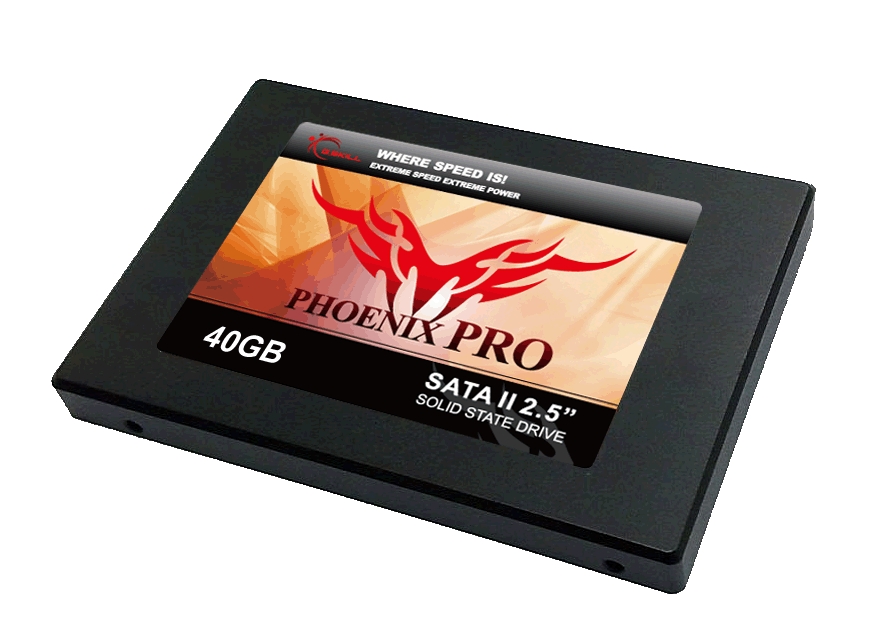New Flash Specs Double Transfer Speeds of SSDs
Tuesday the Open NAND Flash Interface (ONFI) Working Group published the new ONFI 3.0 standard that doubles current NAND interface transfer rates (ONFI 2.3) using the non-volatile DDR2 (NV-DDR2) interface. This will enable transfer speeds up to 400 MB/sec for flash storage products such as solid state drives located inside computers, laptops, tablets and other consumer electronics.
The Open NAND Flash Interface is an industry working group made up of more than 80 companies that build, design-in, or enable NAND flash memory. The group has devoted its resources in simplifying NAND flash integration into consumer electronic products, computing platforms, and any other application that requires solid state mass storage. The group's current standard, ONFI 2.3, was released back in August 2010.
The new flash specification details the interface and infrastructure that ONFI members can employ in order to develop faster products. ONFI 3.0 requires fewer channels than its predecessor which means a savings in physical space and overall cost. The new 3.0 spec is also more power efficient than previous standards, and includes error-correction capabilities to boot.
"The ONFI 3.0 incorporates a sophisticated die selection feature that reduces the number of chip enable (CE) pins, which in turn lowers the number of controller pins making PCB routing more efficient," the OFNI stated. "Reducing the number of CE pins is especially important for SSDs, providing a significant cost reduction and allowing the extra pins to be assigned to other applications within the system."
Intel added that ONFI 3.0 now has its support, saying the new specs will give way to faster SSDs in the future. Additionally, SandForce, Micron and Spansion have also expressed their dedication to the new standard, saying the ONFI 3.0 standard will play an important role for high-performance computing applications "where speed is paramount."
"ONFI 3.0 doubles the bus speed which is critical to delivering high-performance solid state storage solutions across all compute application needs, especially for given capacity footprints as NAND die density and page sizes increase,” said Steffen Hellmold, vice president of business development for SandForce. “Furthermore the innovative measures taken to reduce pin count will help drive system improvements in cost and complexity. We are proud supporters of the ONFI specification and are working on delivering an SSD processor solution fully embracing this new interface capability in 2012."
Sounds like we may need a seat belt for 2012.
Get Tom's Hardware's best news and in-depth reviews, straight to your inbox.

Kevin Parrish has over a decade of experience as a writer, editor, and product tester. His work focused on computer hardware, networking equipment, smartphones, tablets, gaming consoles, and other internet-connected devices. His work has appeared in Tom's Hardware, Tom's Guide, Maximum PC, Digital Trends, Android Authority, How-To Geek, Lifewire, and others.
